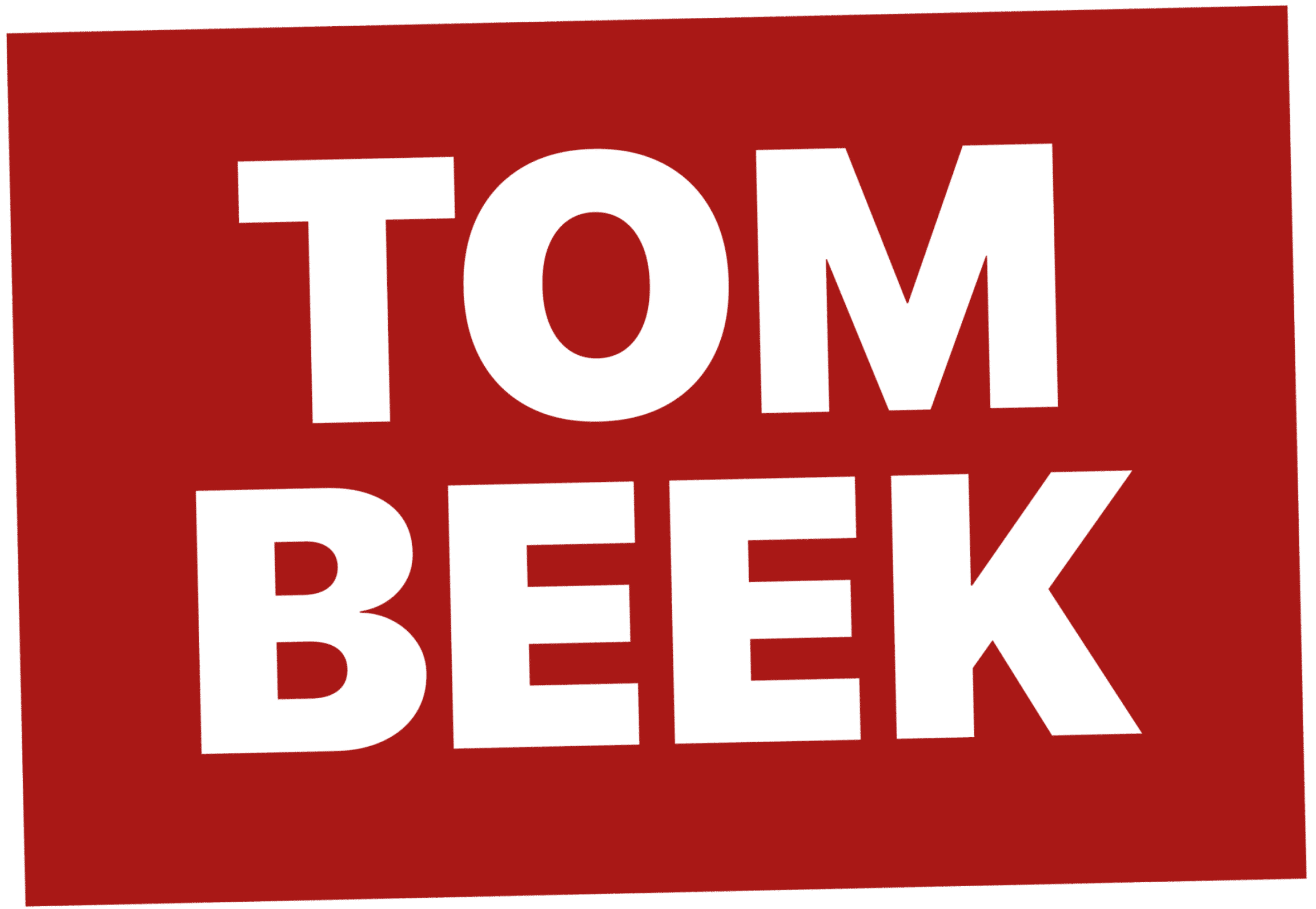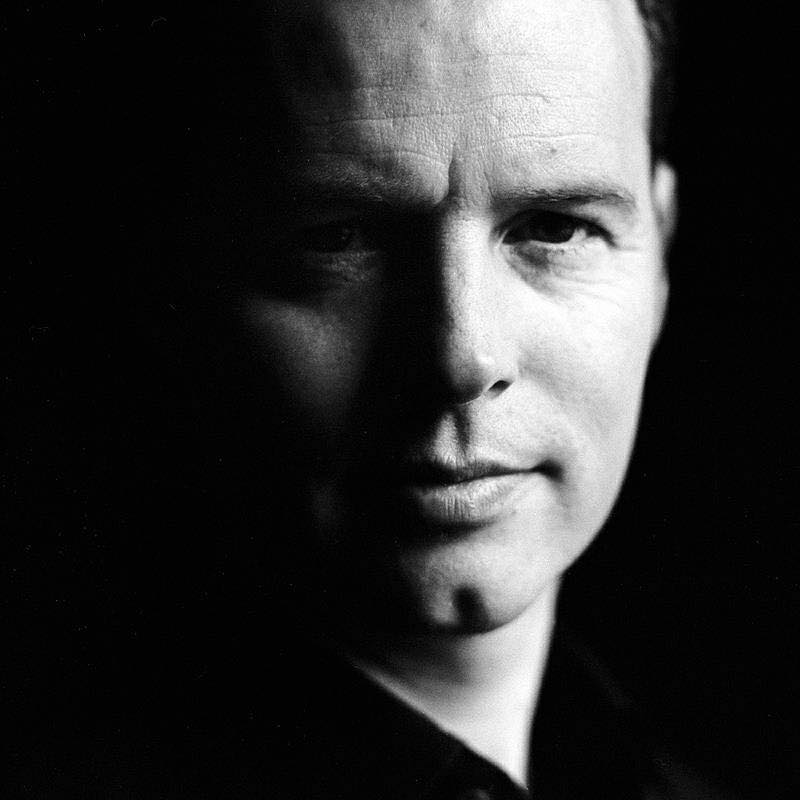Met het album Jolt (2018) begon het in Rotterdam gevestigde cross-over jazz-ensemble Coal Harbour aan een enerverende muzikale ontdekkingsreis.
Pianist, bandleider en de voornaamste componist is Robert Koemans. Wat een talent.
Of ik misschien de liner notes wilde schrijven, vroeg hij. ‘Tuurlijk’, zei ik meteen – en oh ja, voegde hij eraan toe, graag in het Engels.
Change and music have one special thing in common. Change is present all the time at all levels, sizes and scales. But the remarkable thing about change is that we usually notice it only later, once boundaries have already been moved, gaps have already been bridged and roads have already been paved. We are not aware that things are going to be different when the change was actually transforming the world around us. If it’s that hard to see change when it’s happening, anticipating it must be even harder. Welcome to the world of the creative musician.
In the path of artistic discovery, especially involving a group of talented people on stage, musical change is a mercurial, will-of-the-wisp adventure. The outcome is determined by three factors, all resonating in a wide range of certainty and uncertainty. First, the written music on paper. Second, the players’ musical minds and skills. And thirdly, the conversational jungle of action and reaction when musicians play together. No safety net, there.
There is an easy defensive weapon for dealing with this weighty, complex art of working with musical change. It has actually become common practice. From the composer’s and arranger’s perspective, building a safety net means writing highly directive notes. The downside is that the players are forced into the desperate position of obeying to a zillion details of predictable musical execution. The safety net is the muffled road that leads to a stiff and probably boring recording.
The complete opposite of a musical safety net isn’t all that appealing either. Trusting to the spirit of the moment to achieve artistic success and colouring your time with nothing but a wild sound palette, a genre that was ignited fiercely by the free jazz movement of the early sixties, can be a somewhat disappointing way of acknowledging the beautiful art of musical construction. The art rooted in the life’s work of Johann Sebastian Bach and that provides endless inspiration through its depth, form and beauty. Luckily, that art is livelier than ever.
There is no musical need to bridge the gap between genres: there is no gap. There is recognition between kindred spirits, an appreciation of language and preferences for sounds. Similarities still talk louder than differences — but don’t tell that to journalists. We live in 2018 and music was never so alive, available and extremely fragmented at the same time.
Having said that, a strong musical vision is more crucial to survival than ever. Especially for a young genre-flirting, ground-breaking group, working on the foundations for a strong team and a long-term relationship with its audience.
The expression of time and all its changes is perhaps best reflected in contemporary music, as emerges from the work of the Rotterdam-based music collective Coal Harbour.
So what’s the point in making new music? As Alan Watts said: “In music one doesn’t make the end of a composition the point of the composition. If that were so, the best conductors would be those who played fastest, and there would be composers who wrote only finales. People would go to concerts just to hear one crashing chord; because that’s the end!”
Music is about the journey.
Coal Harbour welcomes all the elements of the music it loves so much. There is an enormous investment of time and effort in composition, arranging and preparation but the momentum of an energetic live performance has played an equally important role in the band’s conception.
All ten band members of Coal Harbour chose the brave path of collaboration. A remarkable, delicate and successful process without any guarantees given in advance. A process of giving and taking, growing and consolidating, leading and following, conception and execution, soloing and comping, taking space and giving space.
Music is about stories of real people. The direction taken by Coal Harbour follows the mountain path of artistic instinct. This is a moving vehicle crossing the common ground that joins the life stories of ten shining young artists.
Robert Koemans managed to find the voice to write and lead this impeccable group, although he is first to say this is an equally collective effort. In facing the challenge of difficult decisions about the musical barriers that they may meet along the way, the ensemble creates solutions rather than avoiding them. Every now and then, like a wily guide, Koemans takes us on surprising paths with breathtaking views. The result is an intimate experience for both creators and listeners that is full of colour, dynamics and textures, witty playfulness and superb musical craftsmanship.
Coal Harbour is the ark and JOLT is the first destination on its voyage.
Enjoy the journey!

